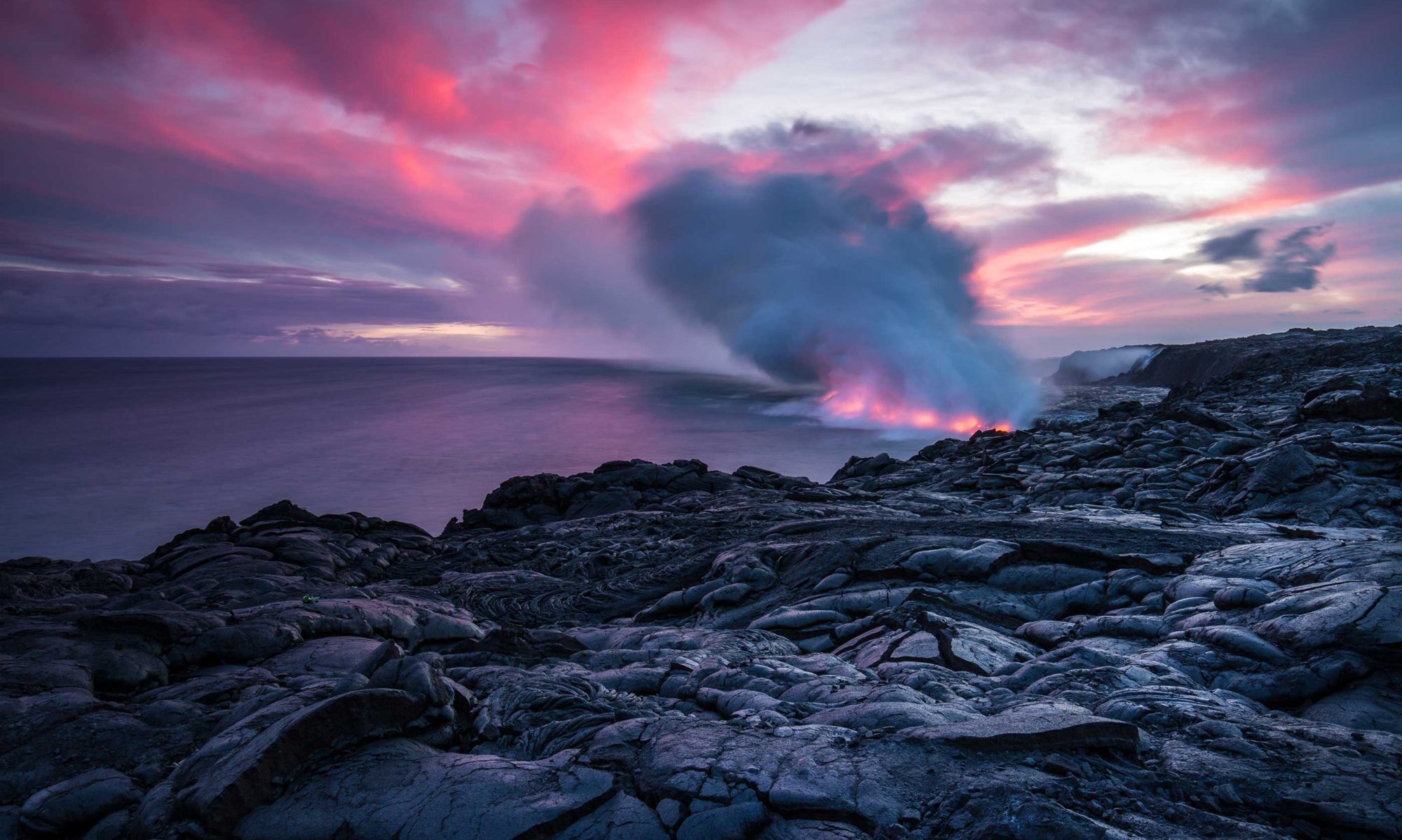SWOT transforms ocean mapping
Earth’s oceans, covering over 70% of the planet, remain largely unexplored due to the limitations of traditional mapping methods. Ship-based sonar, though precise, is slow and costly, leaving vast areas of the seafloor unmapped. This gap in knowledge restricts understanding of tectonic processes, underwater ecosystems, and marine biodiversity. However, the Surface Water and Ocean Topography …

